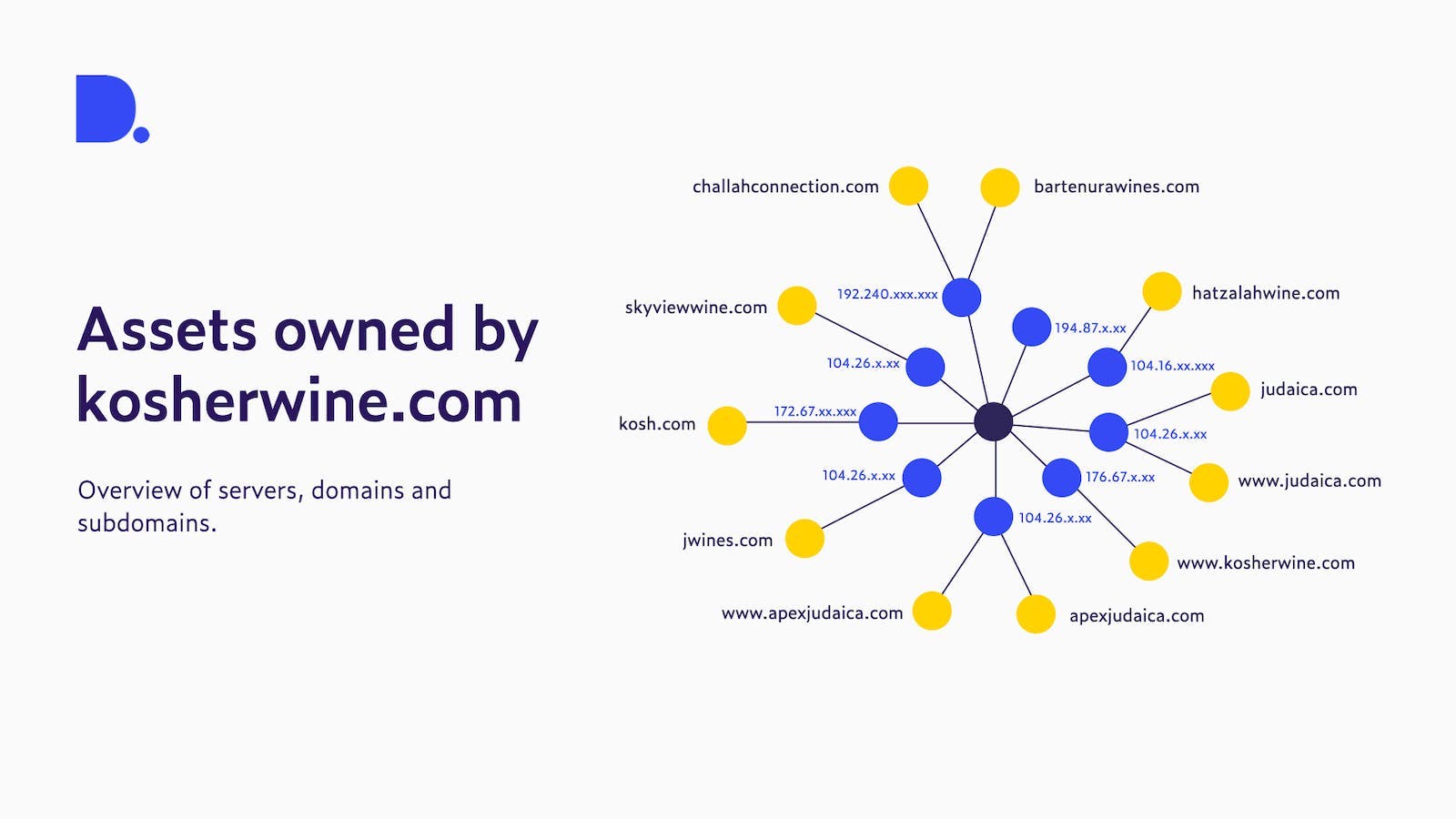How to use web data for asset discovery and management
- over 2 years ago
- 3 min read
Are you keeping track of your company's assets? If not, you could be putting your business at risk.
Asset management is the practice of identifying, classifying and protecting a company's physical and digital assets. This includes buildings, computers and sensitive data, among other things. By implementing effective asset management policies and procedures, you can minimize risks of loss or damage to your assets, so you can ensure that they’re being used securely.
What is asset discovery?
One important aspect of asset management is asset discovery. This is the process of identifying and cataloging your company's assets so that you have an accurate inventory of what you have and where it is. This information can then be used to inform decision-making and identify potential security risks.
Forgotten assets
It’s also important to make sure that external parties aren’t using your assets. If someone gets access to an unprotected asset, they could use it for nefarious purposes. A forgotten asset can result in a breach of a network. Assets that are vulnerable to hacking and security breaches can be anything that’s hooked up to the internet. For example, these can be websites, forgotten subdomains or machines within a domain.
Risk management
To mitigate these risks, it’s important to know what you have. Especially within larger organizations, it can be hard to keep track of what is connected to the internet.
An example of a potentially dangerous asset is a website about a company event that runs on outdated software: you’ve forgotten that it exists but it’s still up and running. It could also be a team website whose domain wasn’t registered through the right channels and years later it still exists without the network administrator’s knowledge.
Luckily, at Dataprovider.com we’re able to identify these assets and keep track of what’s connected to the internet within a domain.
Let’s take a look at an example: the domain kosherwine.com. We identify 20 domains and 26 subdomains that are connected to kosherwine.com. The owners of kosherwine.com also own, for example, kosh.com and challahconnection.com. The domains are linked to 21 separate servers and 17 unique IP addresses. The majority receive little to no traffic, which could indicate that these subdomains/domains are not being maintained very well, were simply registered at some point but have remained dormant or a combination of the two.

With this data, it’s possible to create a complete overview of all connected domains and subdomains and the security risks they may carry. As a system administrator, you can create a dashboard with multiple data points that can help you assess the security of the domain by monitoring:
- Ownership: You can see any related domains.
- Subdomains: This indicates the total number of subdomains associated with the main domain.
- IP addresses: You can see the IP addresses that are associated with the domain.
- Traffic index: This shows the amount of traffic to the domain.
Using the example of kosherwein.com, we show how you can use web data to get an overview of the assets associated with your domain. Such information is crucial to protect your business from security threats because you can only create a secure business if you know what you have to protect.